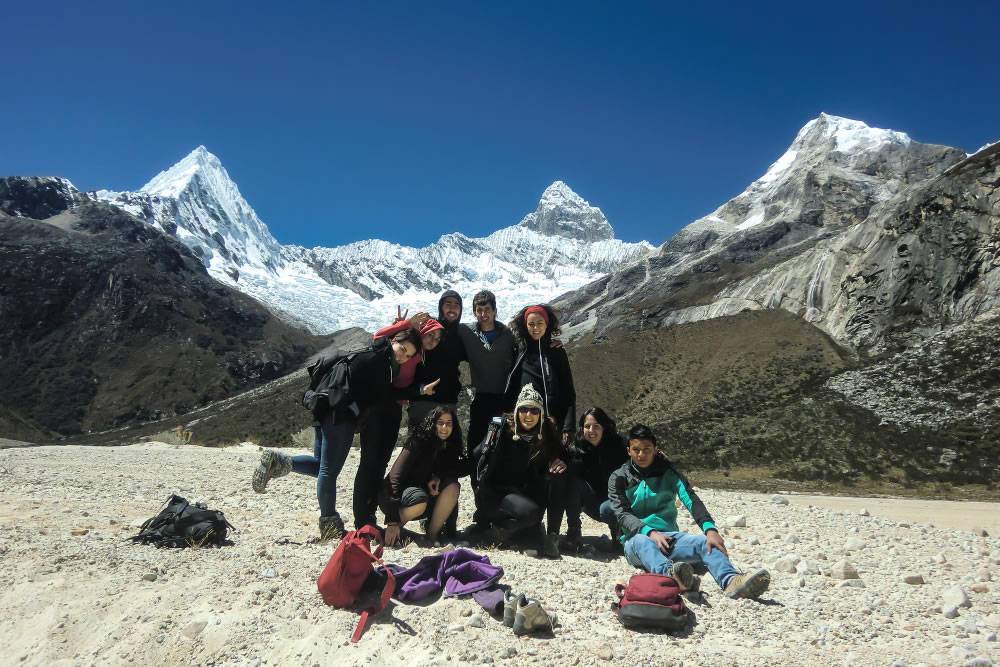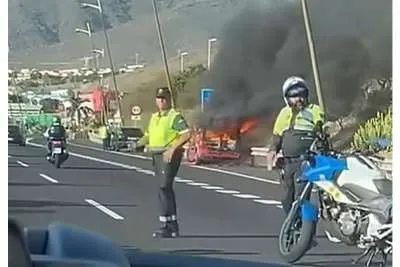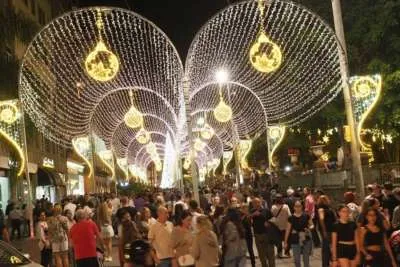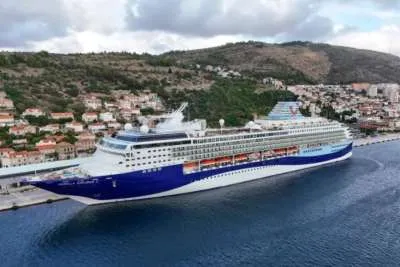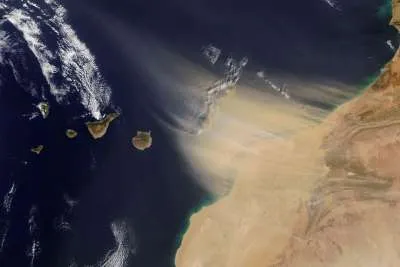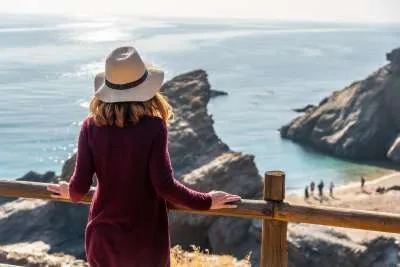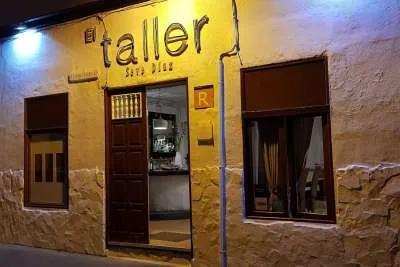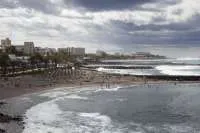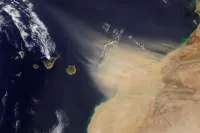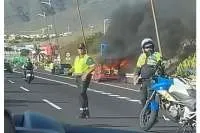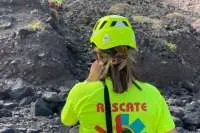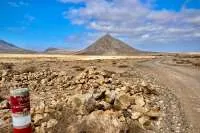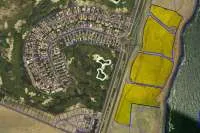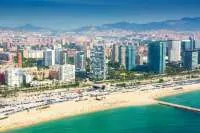Trek to Everest Base Camp: Your Complete Guide
- 25-06-2025
- Travel
- collaborative post
- Photo Credit: Freepik
If you’ve ever dreamed of walking in the shadow of the tallest mountain on Earth, the Trek to Everest Base Camp might be calling your name. It is an epic adventure at the very core of the Himalayas that could be more than a mere hike; it is an exploration of Nepali culture, ecstatic landscapes, and your inner world.
But how do you do it? Is it hard? When should you go? And what should you expect? This guide answers all of that and more.
Why Trek to Everest Base Camp?
Everest Base Camp (EBC) trek is one of the most legendary hikes in the world. It takes you to the foot of the highest mountain in the world, Mount Everest, locally referred to as Sagarmatha in Nepal or Chomolungma in Tibet. Although it is not possible to climb the giant 8,848 meters to the top, being at the base of the mountain at 5,364 meters is also a humbling experience.
What makes the trek special isn’t just the views. It is a tour of Sherpa villages, ancient Buddhist monasteries, and valleys with colourful prayer flags. You will sleep in warm teahouses, taste delicious bowls of dal bhat, and share stories with trekkers from around the world.
“Honestly, I did not think I would cry at Base Camp, and I did. It was not only the mountain, but it was all that I was to get there" – Jason, Canada.
Best Time to Go
Timing can make or break your trek. The best seasons are:
- Spring (March-May): Warm days, rhododendron in flower, and Everest climbers.
- Autumn (October–November): Crisp, clear skies and perfect trekking weather.
Avoid travelling during the monsoon season (June to September), when paths are often muddy and flights are more likely to be cancelled. Winter (December–February) is cold but peaceful, with fewer crowds.
STEP-BY-STEP ITINERARY
Day 1: Fly to Lukla
From Kathmandu, you’ll take a thrilling flight to Lukla. The small airport is carved into the rocks of the mountains at 2,860m.
Tip: Early morning flights tend to be more reliable.
Day 2: Trek to Phakding
An easy 3–4 hour walk leads to Phakding. You will cross swaying suspension bridges, and your first glimpse of snow-crowned mountaintops will be received.
Day 3–4: Reach Namche Bazaar
Walk gradually up to Namche Bazaar, the colourful Sherpa city at 3,440m. Stay two nights here to acclimatise. Visit cafes, the Sherpa Museum, and take a trek to the Everest View Hotel.
Day 5–6: Trek to Tengboche, then Dingboche
Proceed to Tengboche Monastery, which offers spectacular views of Ama Dablam from the surrounding mountains. Then on to Dingboche, surrounded by snowy peaks. Here, you can take a day to rest and acclimate to the higher altitude.
Day 7–8: Lobuche to Everest Base Camp via Gorak Shep
Walk past memorials to climbers before reaching Gorak Shep. Then make the final push to Everest Base Camp. The landscape is unreal here, glaciers, prayer flags, and a world-famous sign that confirms: you have made it.
“As soon as you see the sign of the base camp, you lose all fatigue” – Priya, India
Days 9–12: Return to Lukla
Walk backwards, retracing your steps through the same villages, pondering how you travelled, and finally, celebrate your achievement.
Accommodation & Food
You will have accommodation in seahouses, which offer simple mountain rooms with basic beds and filling food. Popular dishes include:
- Dal bhat (lentils, rice, vegetables)
- Momos (Tibetan dumplings)
- Noodles, fried rice, and pasta
- Hot lemon, ginger tea, or Sherpa tea
What to Pack
Pack light but efficiently. Here’s what to bring:
- Waterproof trekking boots
- Thermal base layers and a down jacket
- Sleeping bag (rated to -10°C)
- Trekking poles and a headlamp
- Water purification tablets
- First aid kit and Diamox (for altitude sickness)
Tip: The majority of items can be rented or purchased in Kathmandu's Thamel district.
How Fit Do You Need to Be?
It is a challenging yet achievable trek for most individuals who are relatively fit. You’ll walk 5–7 hours daily, often uphill. Prep with:
- Weekly hikes carrying a pack
- Cardio training (running, cycling, stair climbing)
- Strengthening your legs and core
Take it slow, drink plenty of water, and allow time to acclimatise.
Solo vs Guided Trek: What's Better?
There is no need to go alone; it is beneficial to have a local guide and porter:
- Improved safety and altitude support
- Help with logistics and permits
- Cultural insights and language assistance
Reliable trekking agencies offer comprehensive packages that encompass all aspects, including airport transfers, guides, accommodations, meals, and flights.
How Much Does It Cost?
A fully guided trek to the Everest base camp costs between $1,200 and $2,000, including:
- Domestic flights (Kathmandu–Lukla)
- Accommodation and meals
- Guide, porter, and permits
DIY trekkers should expect to spend approximately $700 to $1,000; however, it requires a bit of planning.
Key permits:
- Sagarmatha National Park: ~$30
- Khumbu Pasang Lhamu Permit: ~$20
Short on Time? Try a Helicopter Option
There is an option to fly back to Gorak Shep or Kala Patthar by helicopter. It costs about $400-$600, but saves you 3-4 days of your way back, and it gives you a jaw-dropping sight of Mount Everest.
Final Thoughts
Trekking to Everest Base Camp is not just a physical challenge, but a heart-rousing experience. You will be able to connect with nature, people, and yourself in a way that is otherwise inaccessible during a city or beach holiday.
It's not always easy. There will be aching legs, chilly nights, and steep ascents. But as soon as you arrive at Base Camp and see Mount Everest on the horizon, you will realise why so many people claim that this is the most memorable adventure of their lives.
That is why, when you dream about the Himalayas, begin training, pack logically, and take a step. An Everest Base Camp Trek awaits you, and you will never be the same person again.
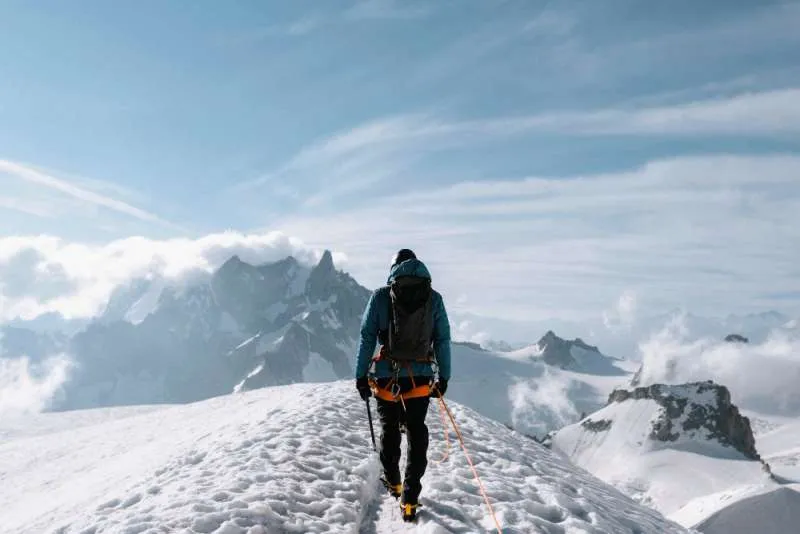
Other articles that may interest you...
Trending
Most Read Articles
1.
2.
Featured Videos
A Vision of Elvis Tenerife Promo
- 10-05-2025
TEAs 2025 Highlights
- 17-11-2025


